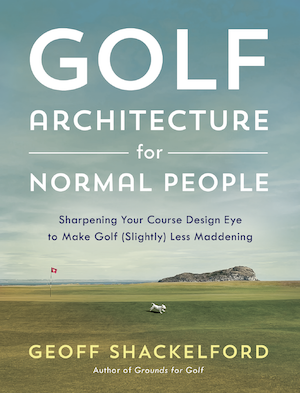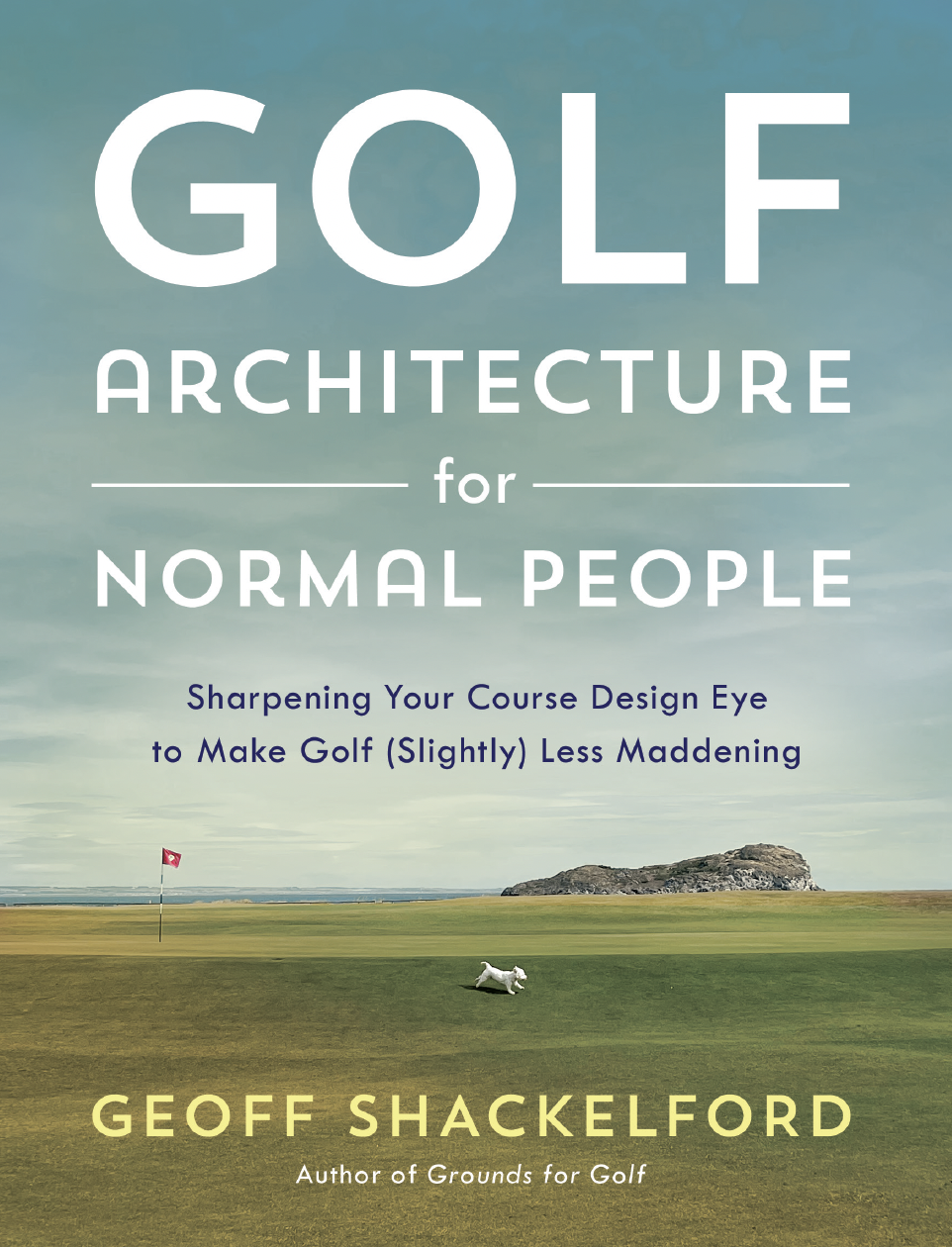Lorne: Kite v. Pate On Equipment Influence
/Lorne Rubenstein writes about an interesting Champions Tour roundtable, where surely to the dismay of the Tour, a technology debate broke out between Jerry Pate and Tom Kite.
"If you take 20 years ago, [and look at] the best 20 players in the world and analyze their swings," Pate, the 1976 U.S. Open and Canadian Open champion, said, "the swings are better today. They're on plane more and they repeat more often."
Kite cited the equipment as the main reason players are hitting the ball crazy distances. "You've got equipment out of control," he said. Kite, the 1992 U.S. Open champion, blamed the ball in particular, arguing that it's got out of hand.
Pate didn't disagree that the ball is an influence, but argued strongly that personal influences are also significant and even the more important factors. He said today's players "have better training habits, there are better orthopedic surgeons [to help golfers recover from injuries], they work out every day, and they have better personal habits.
"The golf-course conditioning is much better," Pate added, "and yet we still pick on equipment."
See, someone buys into those talking points!
The day moved to Liberty National, where Rubenstein monitored play.
Pate teed it up with one group on a long par five, and ripped his drive nearly 300 yards. He laughed and tried to argue that he's in better shape than he was 20 years ago. Pate did look in good shape, and he's recovered from injuries that kept him out of competitive golf for some 15 years.
Pate then hit his next shot with a hybrid club just short of the green. He carried most of a lake to hit this shot of about 240 yards, and acknowledged that he was hitting the ball a long way past where he did years ago. Ah, an admission.
Kite came along a while later, and dropped a ball at the right edge of a fairway, 175 yards from the hole, with water intruding most of the way. He launched a 7-iron way up in the air, over the water, with a little draw. It finished 15 feet from the hole.
"Could you have hit a 7-iron that far and so high in your 30s?" I asked Kite, although I guessed the answer because Kite was a low-ball hitter and maxed out at about 155 yards with a 7-iron then.
"Not even close," Kite said. Asked whether the loft on his 7-iron then was the same then as the 7-iron he uses today, Kite answered, "My lofts haven't changed."
He added, "When Jerry said it was less about equipment than other factors this morning, I turned to Rick [Rick George, the Champions Tour president, who was sitting beside Kite] and told him I didn't believe that. I don't care how fit a player is or how good his swing is, he couldn't hit it further in his 50s than in his 30s."
And...
The winner of the debate? Kite, no question. One more thought about distance: Hitting the ball into the stratosphere didn't help Tiger Woods make the cut in the U.S. Open last week, and Phil Mickelson hit only two of 14 fairways the last round and couldn't conjure a swing to put the ball into the last fairway. He double-bogeyed the hole from the boonies, lost his one-shot lead, and handed the tournament to Geoff Ogilvy.
Conclusions from this corner: The ball is indeed the culprit for the distances Tour players are getting. Thankfully, control still matters, at least on U.S. Open courses with rough-like grass as high as a cornfield.
But something's wrong when it matters hardly anywhere else.












